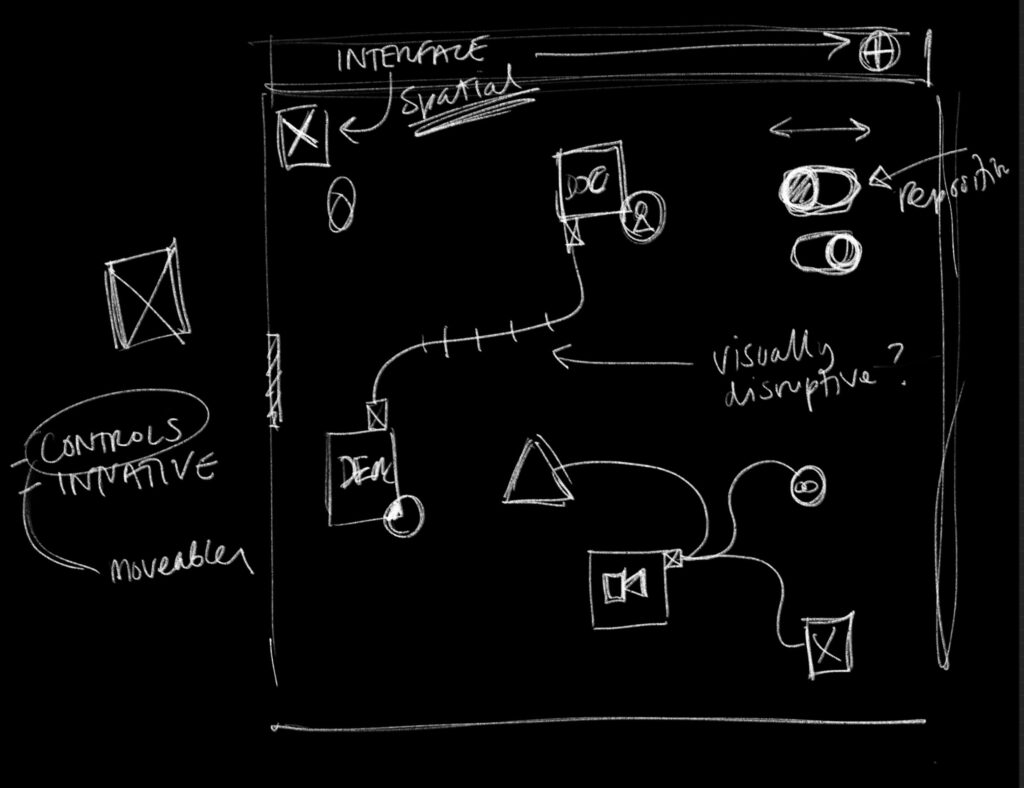This document is also on my Manifold instance here
Research Problem
Despite the widespread application of digital technologies in higher education there is scant evidence to suggest that these have had a significant impact on student learning. (Bainbridge, 2014, p1)
Educational institutions spend a significant proportion of their budget on learning technologies each year. However, the underlying metaphor on which this technology is based continues to be the filing system.
These technologies often have sharing features added as a ‘bolt-on’ to core functionality, rather than being built for project-based learning. They are designed to be separate from, rather than integrated within, learning spaces.
Sharing is probably the most basic characteristic of education: education is sharing knowledge, insights and information with others, upon which new knowledge, skills, ideas and understanding can be built. (Open Education Consortium, https://www.oeconsortium.org/about-oec/)
Some thinkers on learning technologies (Watters, 2014:22) talk of the Learning Management System (‘LMS’) as being a piece of administrative software which “purports to address questions about teaching and learning but often circumscribes pedagogical possibilities”. As Downes (2007) notes, the LMS can over-structure the learning experience, conflicting with research and evidence about how students learn.
Design education is, in particular, a very visual field with a requirement for spatial manipulation. Current learning technologies on offer do not augment the physical studio experience, and push educators and students towards commercial, more generic offerings without a pedagogical underpinning.
Students are used to a more ‘delightful’ experience with this kind of software, as evidenced by the quotations below:
Slack is useful for quick & easy non-distractive communication. It is simple to navigate and provides a direct platform in which to contact peers and lecturers, creating channels and direct messaging groups is ideal for a more tactile approach to a discussion. (link)
Onenote is great as everyone can have their own section to put their own information/images on it when working together.
Etherpad definitely proved helpful as everyone put down questions, films, books and other information that has now given me more starting points to research.
Research Proposition
Project-based learning involves collaboration in physical spaces that often cannot be replicated in digital spaces. Through the creation of a spatial interface, engagement with materials and other learners becomes more dynamic and fluid.
There is a dichotomy between tools that are personally owned and single-user by default, and Learning Management Systems provided by educational institutions. The latter offer top-down static file repository functionality and fixed courses, rather than features that support project-based learning.
As a result, this research will begin by examining the fundamental concepts of spatial design, including mind-mapping and concept mapping. It will consider the influence of the design paradigms provided by Xerox’s PARC institute and investigate the legacy of Human-Computer Interaction (HCI) pioneers such as JCR Linklider, Ivan Sutherland, Ted Nelson, Douglas Englebert, Seymour Papert and Alan Kay.
Some information must be presented simultaneously to all the men, preferably on a common grid, to coordinate their actions.” (Licklider, 1960, p9)

A spatial interface allows users to take advantage of their visual memory and pattern recognition.” (Shippman F M, Marshall C, 1999)
A number of education theories have been looked at and Connectivism (Siemens, 2004) will be specifically used in consideration around the tool itself
Research Question
Can the spatial elements of a Design Studio be replicated in a digital learning environment to enhance deep engagement and collaboration?
Scope
The project will create an interface which will be tested with a group of students over a five week project that will run twice in 2020 and 2021. The tool and the project will be evaluated by measuring the staff and student experience through observation, surveys and outputs.
The entire project process will be captured as it progresses in an open and free software approach and documented at the locations below. The systematic packaging of this process and the application of Design thinking and human centered design will also reveal tool building processes and culminate in a manifesto to design these types of new design led digital tools for enhancing project-based design education.
Current output locations
- BLOG https://researchnot.es
- CODE https://gitlab.adamprocter.co.uk/adamprocter/nodenoggin
- Microcast https://fragmentum.adamprocter.co.uk
- DISCUSSIONS – https://discourse.adamprocter.co.uk
- FORMAL WRITINGS – https://manifold.soton.ac.uk
- FOLLOW – https://discursive.adamprocter.co.uk
Schedule
- Feb – April – BuildingMVP
- April – May – TESTING with Year 2/3
- May – June – ITERATE
- June – Sept – REFINE
- Sept – Oct – Testing with Year 2/3
- Oct – Nov – ITERATE
- Nov – Dec – REFINE
2020
- Jan – Feb – REFINE
- Feb 2020 – Use with specific board project year 1 Games Design Students
- Feb – March – EVALUATE Testing
- March – June – ITERATE
- June – Sept – REFINE
- Sept – Oct – Testing with Year 2/3
- Oct – Nov – ITERATE
- Nov – Dec – REFINE
2021
- Jan – Feb – Use again with board project year 1 Games Design Students
- March – July – WRITEUP
- August – Oct – HAND IN
References
Bainbridge, A. (2014), Digital technology, human world making and the avoidance of learning. Journal of Learning Development in Higher Education: Special Edition: Digital Technologies, p1.
Licklider, J.C.R. (1960). Man-Computer Symbiosis. IRE Transactions on Human Factors in Electronics HFE-1, pp.4–11.
Open Education Consortium, About Page, [Online], Available at: https://www.oeconsortium.org/about-oec/ , [Accessed December 15, 2018].
Shippman F M, Marshall C. (1999), Spatial Hypertext: An Alternative to Navigational and Semantic Links , [Online], Available at: https://cs.brown.edu/memex/ACM_HypertextTestbed/papers/37.html , [Accessed December 15, 2018].